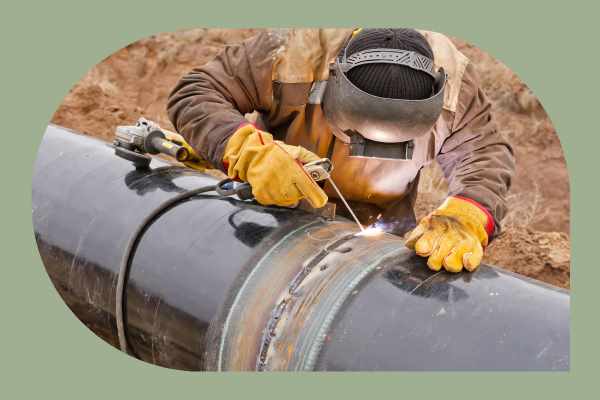Easy vs. Hard Trades to Learn? A Closer Look
No skilled trade is truly “easy” to learn — each requires discipline, practice, and technical knowledge. But some trades take less time to train for, while others demand longer programs and more advanced certifications. Below we compare several related trade careers based on training time and entry-level salary, so you can see how they stack up.
Automotive Technician vs. Aircraft Mechanic
Auto mechanic programs typically take about 1 year to finish, while aircraft mechanic training often takes 2 years. Aircraft mechanics cover more advanced systems, making the training more complex and technical.
| Career | Training Length | Entry-Level Pay (2023) |
|---|---|---|
| Automotive Technician | ~1 year | $30,600 |
| Aircraft Mechanic | ~2 years | $45,760 |
HVAC Technician vs. Welder
Both HVAC and welding programs can take 8 months to 2 years, depending on whether you choose a certificate or an associate degree. Each requires hands-on training and applied math, but overall the program length and entry-level pay are quite similar.
| Career | Training Length | Entry-Level Pay (2023) |
|---|---|---|
| Welder | 8 months – 2 years | $36,839 |
| HVAC Technician | 8 months – 2 years | $37,270 |
Truck Driver vs. Diesel Mechanic
Training for a CDL license can be completed in just 1–2 months, making it one of the fastest trade paths. Diesel mechanic programs are still relatively short, usually 10 months to 1 year, but require more in-depth technical study.
| Career | Training Length | Entry-Level Pay (2023) |
|---|---|---|
| Truck Driver | 1–2 months | $37,440 |
| Diesel Mechanic | 10 months – 1 year | $76,780 |
Key Takeaway
Shorter training programs like CDL driving or auto mechanics get you into the workforce faster. Longer, more technical programs like aircraft mechanics or diesel technology often come with higher starting pay and more career growth potential. Your best choice depends on how much time you want to invest in training and the type of work you see yourself enjoying.
